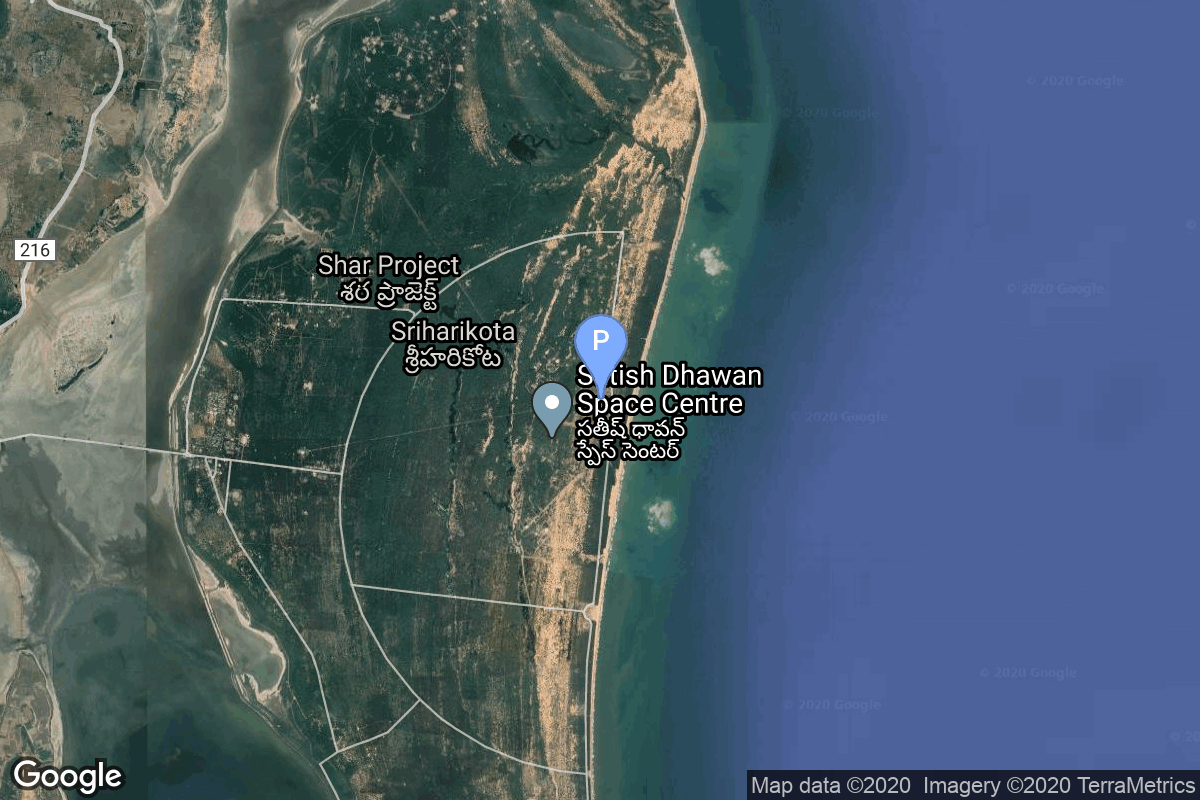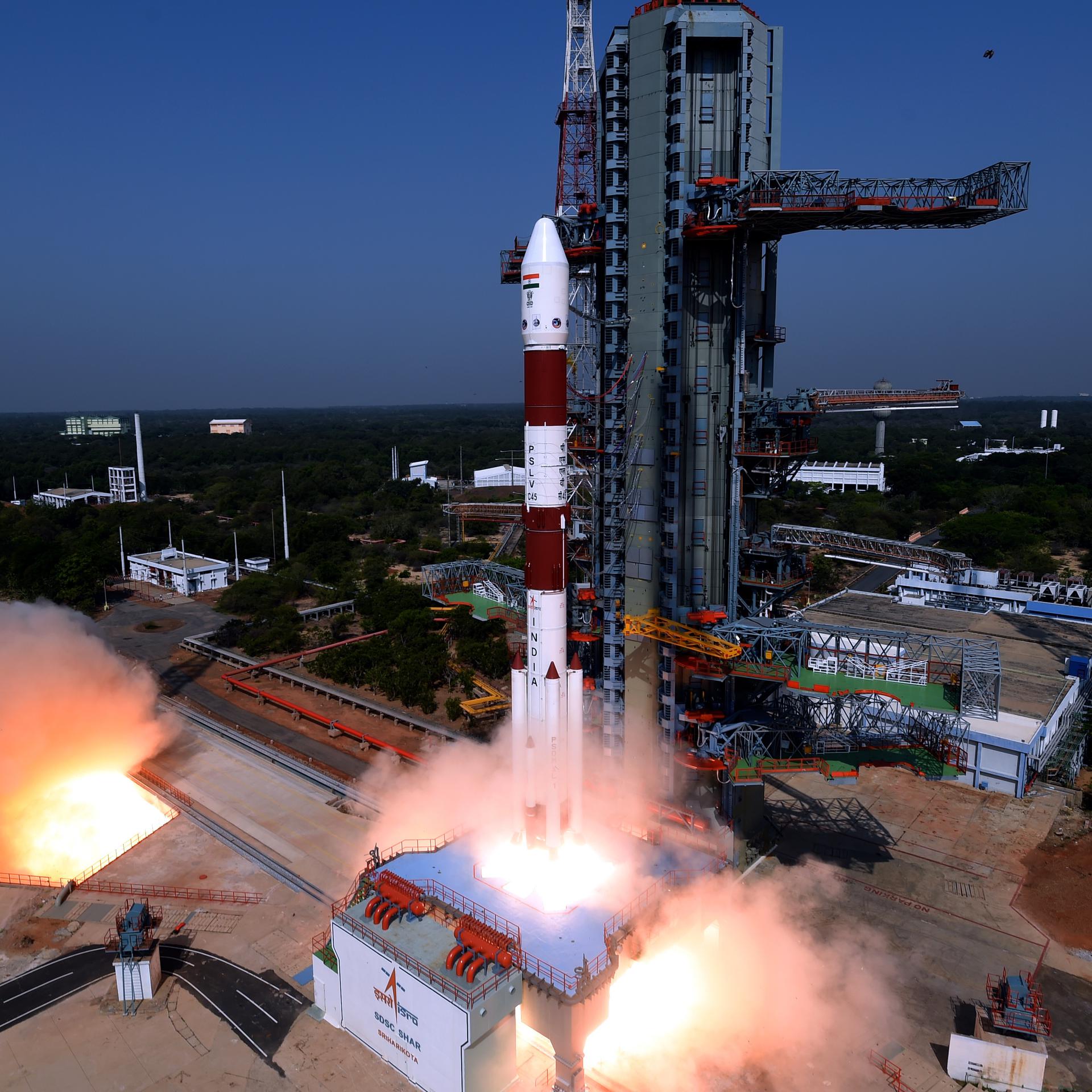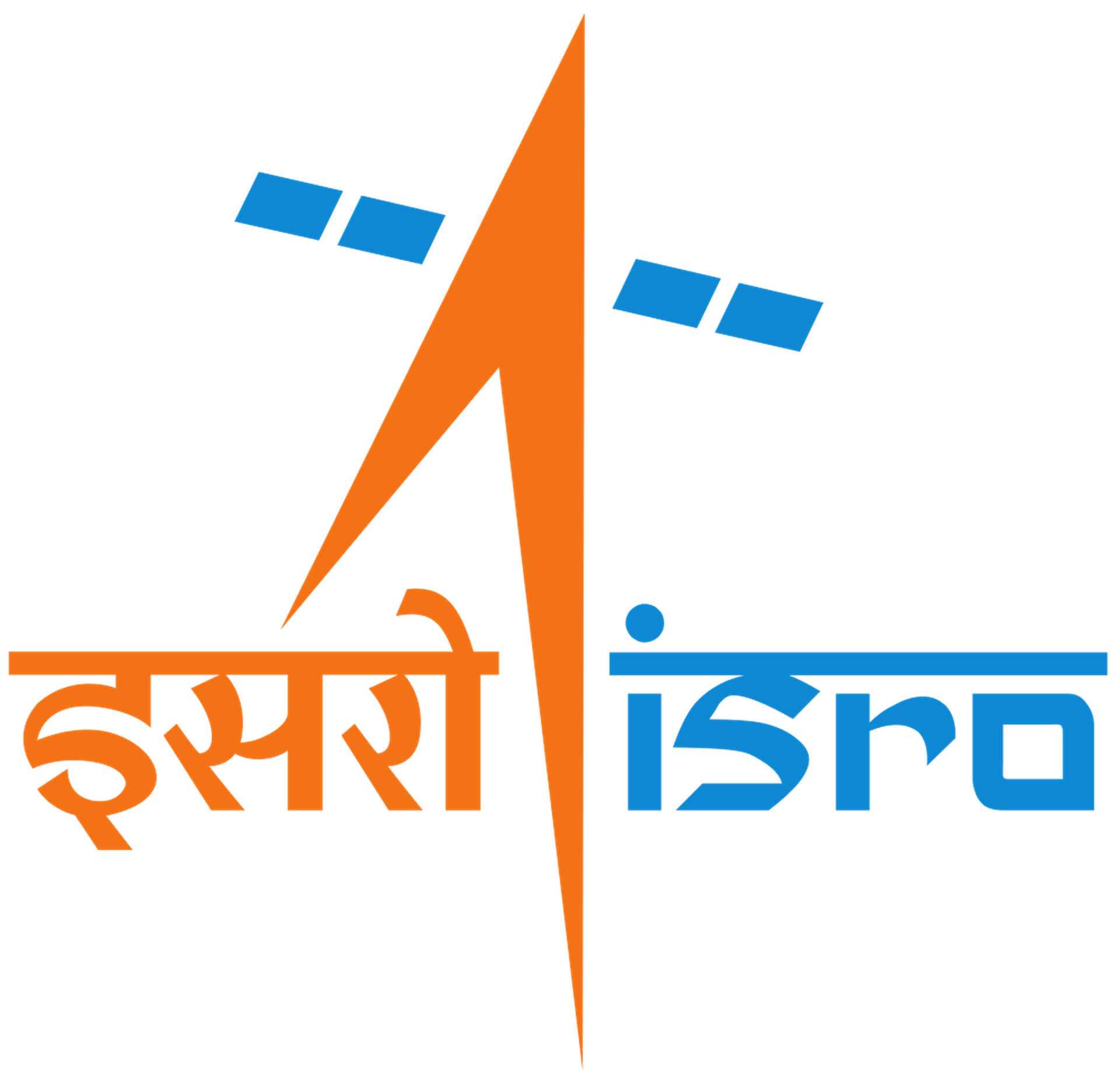SCATSat-1
PSLV
Indian Space Research Organization
Mission
SCATSat-1
- Type: Earth Science
- Orbit: Low Earth Orbit
- Launch Cost: $21,000,000
ScatSat-1 is a microsatellite of 371 kg and a mission life of 5 years. It is tasked to provide weather forecasting, cyclone prediction, and tracking services to India. This launch will also carry 7 other satellites, the 117kg Alsat-2B, the 103kg Alsat-1B & the 7kg Alsat-1N earth observation satellites for Algerian Space Agency, the 44kg Pathfinder-1 earth imager for Blacksky, the 8kg CanX-7 deorbiter for UTIAS Space Flight Laboratory, the 10kg Pratham Ionospheric Tomographer for IIT Bombay and the 5.25kg PiSat earth imager for PES University.
Location
Satish Dhawan Space Centre First Launch Pad
Satish Dhawan Space Centre, India
Satish Dhawan Space Centre First Launch Pad has witnessed the launch of 58 rockets, including 57 orbital launch attempts, while Satish Dhawan Space Centre, India, has been the site for 94 rocket launches.
Rocket
Indian Space Research Organization PSLV
The Polar Satellite Launch Vehicle (PSLV) is an expendable medium-lift launch vehicle designed and operated by the Indian Space Research Organisation (ISRO). It was developed to allow India to launch its Indian Remote Sensing (IRS) satellites into sun-synchronous orbits, a service that was, until the advent of the PSLV in 1993, commercially available only from Russia. PSLV can also launch small size satellites into Geostationary Transfer Orbit (GTO).
Agency
Indian Space Research Organization
The Indian Space Research Organisation (ISRO) is the space agency of the Government of India headquartered in the city of Bangalore. Its vision is to “harness space technology for national development while pursuing space science research and planetary exploration.”


